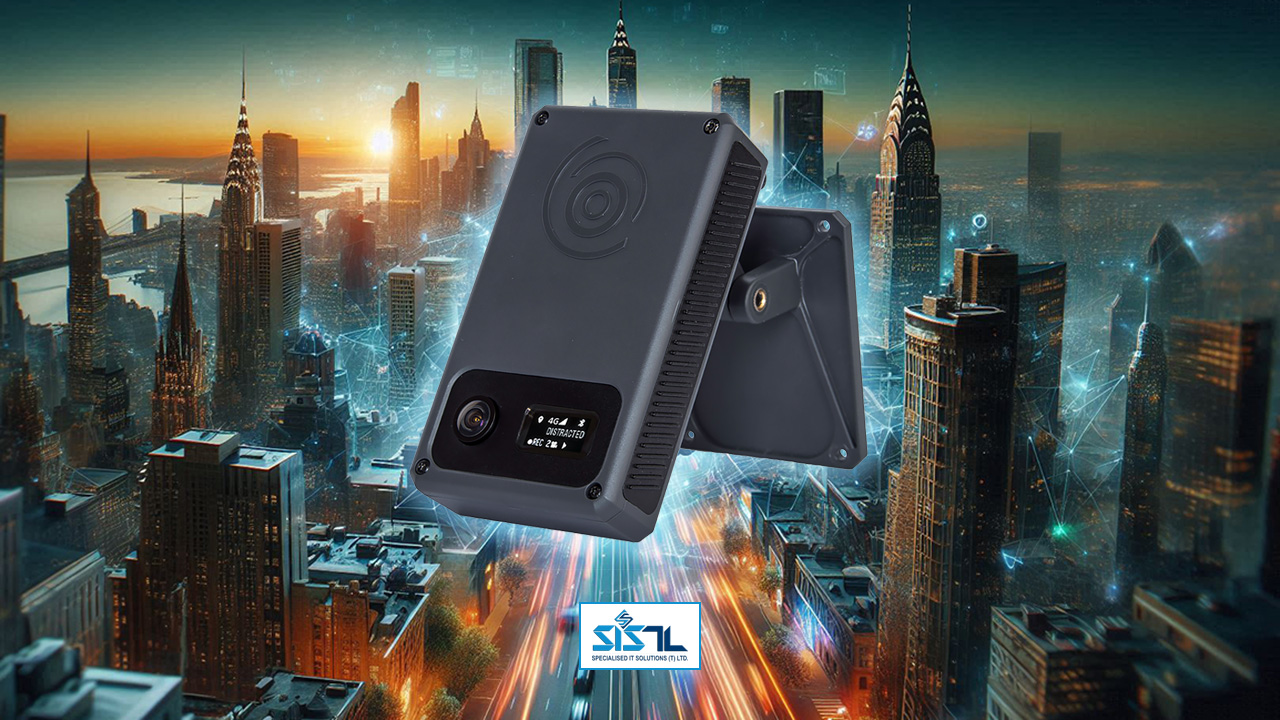
AI Vehicle Camera Technology: Driving Industry Optimization
The automotive industry is undergoing a radical transformation, driven largely by advancements in technology. At the forefront of this revolution is Artificial Intelligence (AI), which is reshaping how vehicles perceive, interact, and operate within their environment. A critical component of this transformation is AI vehicle camera technology, which has emerged as a catalyst for innovation, safety, and efficiency across the entire automotive sector.
The Evolution of Vehicle Cameras
Before delving into the intricacies of AI, it\'s essential to understand the journey of vehicle cameras. Initially, these devices were primarily rearview cameras, offering limited visibility. Over time, they evolved into multi-camera systems, providing 360-degree views and aiding parking maneuvers. Today, high-resolution cameras with advanced image processing capabilities are becoming standard equipment in modern vehicles.
The Integration of AI
The marriage of AI with vehicle camera technology has ushered in a new era of automotive intelligence. AI algorithms are capable of analyzing vast amounts of visual data in real-time, enabling vehicles to perceive their surroundings with unprecedented accuracy and depth.
Object Detection and Recognition: AI-powered cameras can identify various objects, including pedestrians, cyclists, vehicles, and traffic signs, with remarkable precision. This capability is fundamental for advanced driver assistance systems (ADAS) and autonomous driving. Lane Departure Warning and Lane Keeping Assist: By analyzing lane markings, AI can detect when a vehicle is unintentionally drifting out of its lane, providing timely alerts or even taking corrective actions. Adaptive Cruise Control: AI-enhanced cameras can maintain a safe following distance from the vehicle ahead, automatically adjusting speed to match traffic conditions. Automatic Emergency Braking: In critical situations, AI can detect imminent collisions and initiate braking to mitigate or prevent accidents. Driver Monitoring Systems: AI-powered cameras can monitor driver behavior, detecting signs of fatigue, distraction, or impairment, and issuing warnings or taking corrective actions.
Beyond Safety: AI Cameras for Optimization
While safety is undoubtedly a paramount concern, AI vehicle camera technology offers far-reaching benefits beyond accident prevention.
Traffic Management: By collecting data on traffic flow, congestion patterns, and incident locations, AI cameras can contribute to intelligent transportation systems, optimizing traffic management and reducing congestion. Autonomous Vehicles: The development of fully autonomous vehicles relies heavily on AI camera technology to perceive the environment, make decisions, and navigate safely. Fleet Management: AI cameras can track vehicle location, monitor driver behavior, and optimize routes, leading to increased efficiency and cost savings for fleet operators. Insurance Telematics: By analyzing driving habits, AI cameras can help insurance companies assess risk and offer personalized premiums based on driving behavior. ADAS Features: Beyond the core safety features, AI cameras enable a wide range of ADAS functions, including blind spot monitoring, parking assistance, and traffic sign recognition.
Benefits for Various Industries
The impact of AI vehicle camera technology extends far beyond the automotive industry. Its applications have the potential to revolutionize several sectors:
Insurance Industry
· Risk Assessment: AI-powered cameras can analyze driving behavior, identifying risky patterns and providing more accurate insurance premiums.
· Fraud Detection: By analyzing video footage, insurers can detect fraudulent claims more efficiently.
· Telematics: Integrating camera data with telematics devices can create comprehensive driver profiles, enabling personalized insurance packages.
Transportation and Logistics
· Fleet Management: AI cameras can track vehicle location, monitor driver behavior, and optimize routes, leading to increased efficiency and cost savings.
· Cargo Monitoring: Cameras can monitor cargo conditions, detect theft, and ensure the safety of goods during transit.
· Traffic Management: By collecting data on traffic flow, congestion patterns, and incident locations, AI cameras can contribute to intelligent transportation systems.
Automotive Aftermarket
· Advanced Driver Assistance Systems (ADAS): The aftermarket can offer a range of AI-powered camera-based ADAS features to enhance vehicle safety and performance.
· Vehicle Diagnostics: Cameras can assist in vehicle diagnostics by capturing visual data of engine components and systems.
· Automotive Accessories: The development of new accessories, such as in-car cameras for recording driving experiences or security purposes, can be driven by AI advancements.
City Planning and Urban Development
· Smart Cities: AI cameras can contribute to building smart cities by providing data on traffic patterns, pedestrian behavior, and public safety.
· Infrastructure Monitoring: Cameras can monitor the condition of roads, bridges, and other infrastructure, helping to identify maintenance needs.
· Public Safety: AI-powered cameras can aid in crime prevention and investigation by providing evidence and identifying suspicious activities.
Research and Development
· Autonomous Vehicles: AI camera technology is essential for the development of self-driving cars, providing the necessary sensory input for navigation and decision-making.
· Computer Vision: Cameras generate vast amounts of data, which can be used for training and improving computer vision algorithms.
· Human Behavior Analysis: By studying human behavior in driving scenarios, researchers can gain insights into traffic safety and driver psychology.
By leveraging the power of AI vehicle camera technology, these industries can achieve significant improvements in efficiency, safety, and overall performance.
Challenges and Opportunities
Despite the significant progress made, several challenges persist in the development and deployment of AI vehicle camera technology. These include factors such as adverse weather conditions, varying lighting conditions, and the complexity of real-world scenarios. Overcoming these challenges requires ongoing research and development.
On the other hand, the potential benefits of this technology are immense. As AI continues to advance, we can expect even more sophisticated and capable vehicle camera systems to emerge. These systems will not only enhance safety but also revolutionize the way we drive, transport goods, and manage urban mobility.
AI vehicle camera technology is a driving force behind the automotive industry\'s transformation. Its ability to perceive, understand, and respond to the driving environment has far-reaching implications for safety, efficiency, and convenience. As this technology matures, we can anticipate a future where vehicles become increasingly intelligent and autonomous, ultimately leading to a safer and more sustainable transportation ecosystem.
Post a comment
40+
Consultingfarm
Connecting You To Smarter Solutions
Empower your fleet with revolutionary IoT solutions. Gain valuable insights from on-board footage with our AI vehicle camera. Optimize operations with real-time GPS vehicle tracking system. Enhance communication with instant Push-to-Talk functionality for your team, wherever they are.


Subscribe to our Newsletter
For the latest insights on AI Vehicle Cameras, GPS Tracking Solutions, Push-To-Talk technology, and exclusive industry updates







02 Comments
Jessica Rose
December 27, 2024Finanappreciate your trust greatly Our clients choose dentace ducts because know we are the best area Awaitingare really.
Parker Willy
December 28, 2024Finanappreciate your trust greatly Our clients choose dentace ducts because know we are the best area Awaitingare really.